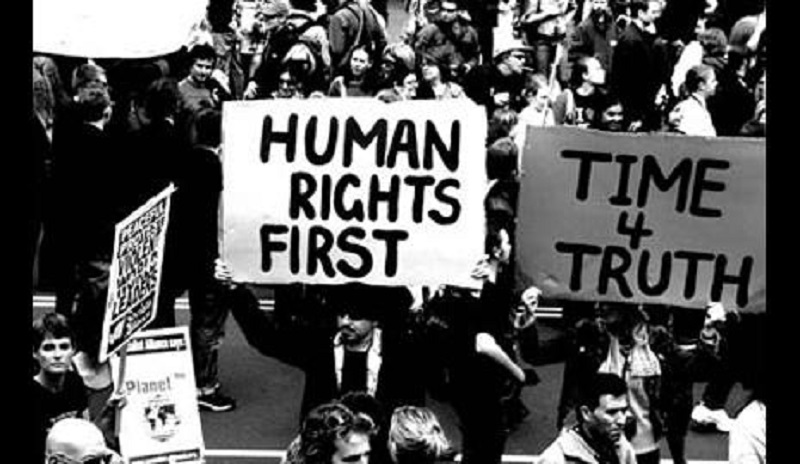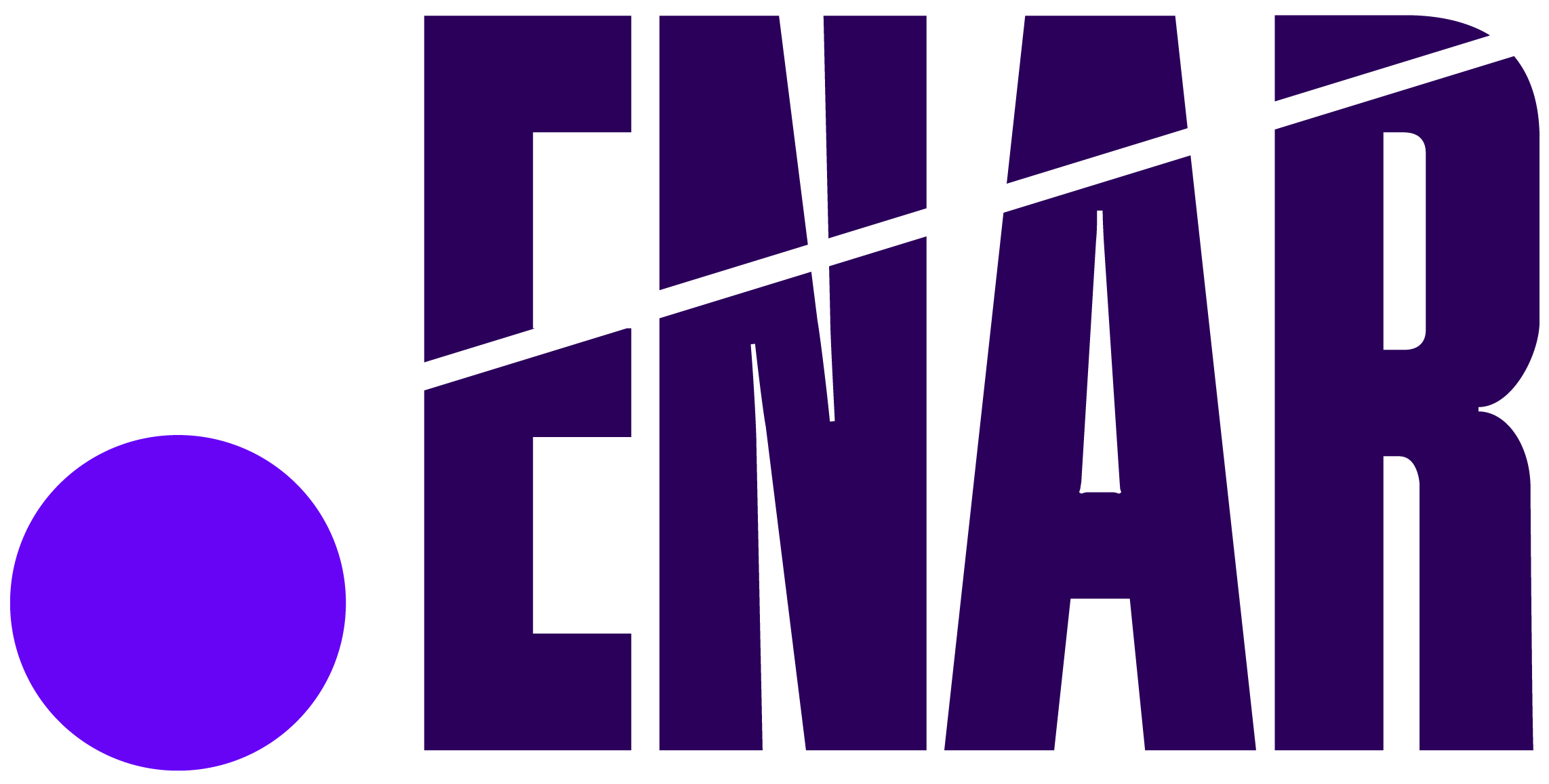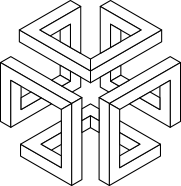
[INTERVIEW] What does it mean to be an anti-racist human rights defender
Anti-racist organisations and activists increasingly face the challenge of navigating the risks involved in doing anti-racist work. How can we create a better understanding and address the security challenges of anti-racist engagement? We interviewed some activists to hear their views.
The political environment in many countries in Europe means human rights defenders have to deal with threats and risks to their safety and freedom. People and organisations speaking up and working to defend human rights in Europe are increasingly the target of harassment, stigmatisation, cyberbullying and smear campaigns.
A few weeks ago, we organised a training with some of our member organisations to start a discussion within ENAR’s network and explore how to build security and resilience. How can we create a better understanding of key concepts around individual/organisational security, and share tools to address the security challenges of anti-racist engagement?
We interviewed some of the participants to hear their views and insights.
Do you see yourself as a ‘human rights defender’? What does this mean to you?
Bel Parnell-Berry, European Race and Imagery Foundation (ERIF): The training revealed to me that calling myself a human rights defender is a complex idea. At first I was very sure that my work was about “human rights”, but when discussing with other ENAR members, I realised the term is not as straightforward as I thought. So now, I don’t know if I see myself as a human rights defender per se.
Hiba Latreche, Forum of European Muslim Youth and Student Organisations (FEMYSO): The term ‘human rights defender’ was unfamiliar to me before the training but now I would say that I do consider myself a human rights defender. I used to say ‘I’m a human rights activist’ but now I will definitely say ‘human rights defender’ – it’s a change of name but the content is the same.
As anti-racist activists, we should all start using this term and make it more popular within our movement. This also means using the human rights defenders framework for our work and accessing these resources. We also need to make sure knowledge of this framework is widespread and everyone has access to it.
Ekaterini-Hrysanthi Zacharof, Greek Council of Refugees: I do not see myself as a human rights defender even though other people probably see me as such and my organisation also sees me as a human rights defender. I believe all people have rights and we have an obligation to ensure these rights are respected. I feel that all the people who believe this are in a way human rights defenders.
As a lawyer I fight for the rights of refugees and asylum seekers and as a human being I have a responsibility to ensure rights are respected.
What do you see as the main security risks in your anti-racist work?
Hiba: I have faced some intimidation or internet trolling but I generally thought it was insignificant and did not necessarily acknowledge it as a risk or threat. I now realise it is not ‘insignificant’ or ‘normal’.
On the other hand, we need to acknowledge that all human rights defenders face risks but they do not all face the same risks. For example, some activists I know were arrested or underwent police raids when all they were doing was activism and speaking out publicly. Because they were visible as minorities, it was a form of racism against them and resulted in backlash in the media and by politicians. This is especially the case for women.
Ekaterini: As I work with asylum seekers and refugees and on criminal cases of racism, I sometimes face risks – mainly coming from racists. I take these risks as part of my decision to do this kind of work. But I obviously do not face the same risks as a black woman or black lesbian working as a human rights defender – they are much more exposed.
Bel: I see three main security risks in my work: 1) Social media related threats, harassment and trolling; 2) Physical attacks on the buildings where future ERIF events might take place and/or on the attendees of future events; and 3) Racial profiling of attendees of future ERIF events.
Have you taken steps as an individual or organisation to build security and resilience?
Bel: We have carefully considered which platforms to use, depending on specific social media campaigns and how we wish to engage with our networks, noting that anti-racist profiles and communities are not always safe from racial trolling and harassment on certain platforms. We have decided to only host events in cities that the ERIF team knows well so that we pick venues that are safe and collaborate with businesses/institutions that will be properly supportive of our work. The risk assessment analysis learned at the recent ENAR training will help us make our security measures more robust.
Hiba: Most of the attacks we face are personal attacks towards individual volunteers. We have therefore established a mentor system: at FEMYSO all volunteers have two mentors who support them and check in on them. This helps us see if there was a trigger at work that had consequences on the person’s life, or vice versa.
The first thing that comes to mind when we think of human rights defenders is physical protection and that’s indeed very important. But we also need to acknowledge that we need to protect our mental health. Especially with internet and online harassment, we do not take into account how it will affect the activist, how it’s taking a toll on us. That’s why the checking in is very important; because it gives us support and a feeling that we all doing this work together and not carrying the burden alone.
We are also working on online security and putting tools in place – including for our member organisations through trainings on tools – but also legal aspects, knowing their rights, and how to react in case of crisis.
Ekaterini: We first need to understand and acknowledge that we may be facing risks, and then take steps to address them. But we need to continue our work regardless.
We need to assess the threats and it’s important not to feel alone in this situation.
At organisational level, my organisation provides us with mental health support and tries to ensure a safe environment for its workers.
What will you take back from this training? And how can ENAR as a network be in solidarity with human rights defenders at risk?
Ekaterini: Knowledge, experience, solidarity and hope – those are the things that I will take back. I will take back the acknowledgment that there are other activists out there in many countries – it’s important to know we are not alone and that we share learning. I also have more understanding of risk analysis and how to identify threats and the different options to deal with them.
If we communicate better and more with each other and with other anti-racist networks in different countries, we will be able to share a lot of experience and knowledge. We have to continue this sharing as this will help ENAR understand the risks in different countries and to organise collectively.
Hiba: This training was a good step towards working to protect human rights defenders, and also understanding this terminology and the HRD framework.
I was able to meet new people and organisations and learn about issues and best practices in different contexts. We need to continue this culture of sharing knowledge between organisations because there’s a lot experiences that can be shared.
Coming back to the mental health aspect, it was an opportunity to check in on a wider scale with other organisations. It was really empowering to realise that we are not alone facing these issues and struggling; that we’re working towards the same goal and can have similar issues when it comes to protection and how to deal with security risks.
Bel: My main takeaway from the training is that there is a distinction between a threat and a risk, and the difference between the two needs to be properly understood in order to make a comprehensive risk analysis strategy. A toolkit available to all ENAR members on the step by step process to making a risk analysis strategy for various activities as well as in day to day life would be really helpful and supportive.



